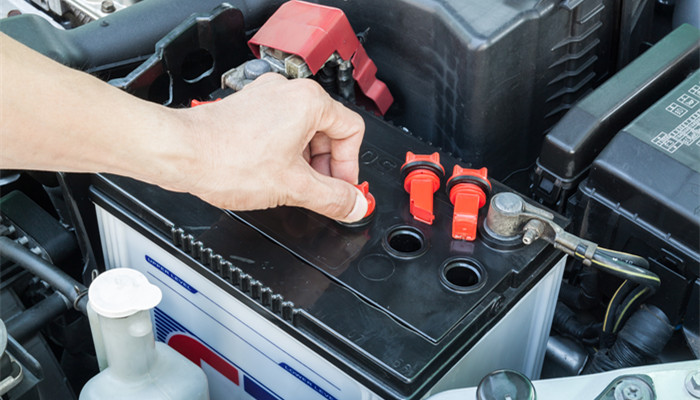
The sodium-ion battery industry has entered an explosive period, and sodium battery electrolytes are ushering in development opportunities
The working principle of sodium-ion batteries is the same as that of lithium-ion batteries, relying on the movement of sodium ions between the positive and negative electrodes to store and release electrical energy; its structural composition is also consistent with that of lithium-ion batteries, consisting of positive electrodes, negative electrodes, electrolytes, etc. Sodium-ion batteries have now become one of the research focuses of the battery industry, and sodium battery electrolytes are facing development opportunities.
The most common batteries currently on the market are lithium-ion batteries and lead-acid batteries. Global lithium resource reserves are limited. With the rapid development of electric vehicles, energy storage, 3C electronics and other industries, lithium resources are unable to support battery market demand, and prices continue to increase. Compared with lithium-ion batteries, because sodium resources are more abundant and the negative electrode current collector uses aluminum foil instead of copper foil, sodium-ion batteries have the advantages of sufficient raw materials, low cost, and higher safety. Compared with lead-acid batteries, sodium-ion batteries have better performance in terms of voltage, energy density, cycle life and less environmental pollution.
For the above reasons, sodium-ion batteries have attracted attention. However, sodium-ion batteries also have disadvantages. Their energy density and cycle life are lower than lithium-ion batteries. According to the “China Sodium Battery Electrolyte Industry Market In-depth Research and Development Prospects Forecast Report 2023-2028” released by the Industrial Research Center , The electrolyte is the carrier for ions to move between the positive and negative electrodes in the battery. Its performance directly affects the charge and discharge rate, energy density, and cycle life of the battery. Therefore, the research on sodium battery electrolyte is of great importance. Since sodium salt replaces lithium salt, there are certain differences in the core technology of sodium battery electrolyte and lithium battery electrolyte.
Sodium battery electrolytes include three categories: liquid, solid, and solid-liquid mixed. Liquid electrolytes include organic liquid electrolytes, aqueous electrolytes, ionic liquid electrolytes, etc.; solid electrolytes include inorganic solid electrolytes, solid polymer electrolytes, etc. Organic liquid electrolytes have high ionic conductivity, good electrochemical stability, and low viscosity, but relatively high safety risks; water-based electrolytes have high safety and low pollution, but have a narrow electrochemical window; ionic liquid electrolytes avoid the above two Disadvantages, but higher viscosity and higher cost. Solid electrolytes have high safety and a wide voltage window, but their ionic conductivity is lower than that of liquids. Sodium battery electrolyte segmented products have different advantages and disadvantages. Currently, sodium hexafluorophosphate has a higher application proportion.
The performance of sodium-ion batteries is better than that of lead-acid batteries but lower than that of lithium-ion batteries. It can fully replace lead-acid batteries and partially replace lithium-ion batteries. It is mainly used in the fields of energy storage, low-speed electric vehicles, and electric two-wheeled vehicles. It is estimated that in 2025, sodium The potential demand for ion batteries will reach about 200GWh, and the market space is huge. In 2021, CATL launched sodium-ion batteries, and Zhongke Haina launched the world’s first 1MWh sodium-ion battery energy storage system. It is expected that in 2023, sodium-ion battery pilot lines and mass production lines will be launched one after another, and the industry will soon enter a period of explosive development.
Industry analysts said that under this background, an increasing number of companies have entered the sodium battery electrolyte market in my country, such as Tianci Materials, Duofludo, Zhejiang Nachuang, Chuanyi Technology, Fengshan Quannuo, Xinzhoubang, Jiangsu Cathay, etc. Among them, Zhejiang Nachuang has a production capacity of 5,000 tons/year and plans to continue to expand production within 5 years; polyfluoride has a production capacity of 1,000 tons and has been put into production; Fengshan Quannuo plans to build a production capacity of 100,000 tons/year, and the first phase of the project is expected in 2023 put into production. From this point of view, my country’s sodium battery electrolyte production capacity will expand rapidly in the next 3-5 years.



 微信扫一扫打赏
微信扫一扫打赏
